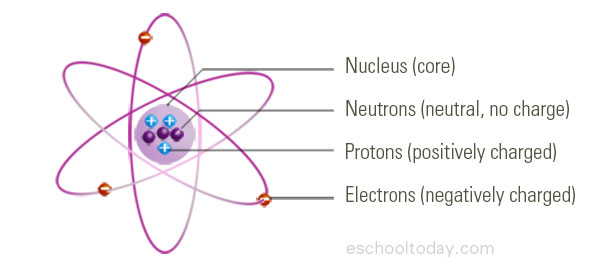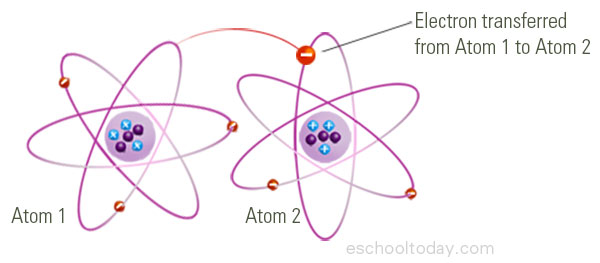- Electricity
Introduction to electricity
What makes the lights in your room turn on and stay lit? Why does the flashlight come on when you press that switch button? They happen because there is energy flow in the form of electrical energy. Electrical energy exists and can be experienced in many ways and amounts. For example, you may feel a little shock when you touch a metal part of your TV or feel a shock when you touch clothing from the laundry. Electricity can also be in lightning bolts. To understand this powerful thing, let us first learn where and how it all comes together.
What is electricity?
Electricity exists in the smallest particle in nature called the atom. The atom is the basic building block of matter. It is so tiny that human eyes cannot see it. We only see them with the help of powerful magnifying devices.
Below is an illustration of an atom.
In the atom, there are three sub-atomic particles — Protons, Neutrons, and Electrons. Protons and Neutrons are located right in the nucleus (center or core) of the atom. Around the nucleus, some electrons are constantly moving very quickly. The electrons move because they have some energy.
Neutrons have no charges. Protons are positively charged. Electrons are negatively charged, and they encircle the nucleus. Electrons encircle the nucleus because opposite charges (negative charge electrons and positive charge protons) are attracted to each other, and alike charges tend to move away from each other.
 The encircling electron can move from one atom to the other. When Protons and fast-moving Electrons interact, electricity is produced.
The encircling electron can move from one atom to the other. When Protons and fast-moving Electrons interact, electricity is produced.
In simple terms, electricity is the interaction of Protons in the atom and the fast-moving Electrons around it. It is the flow of electrons.
